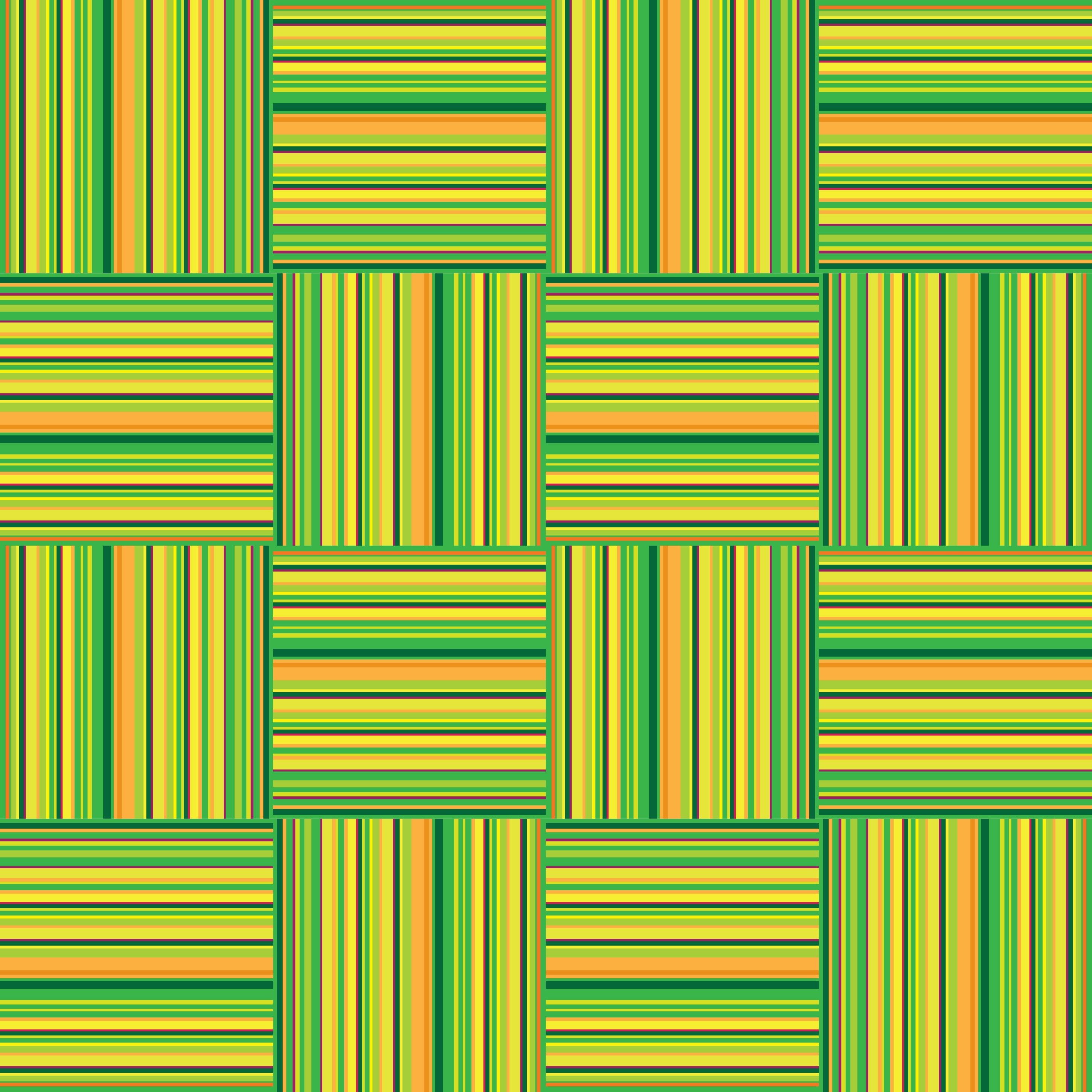

The purpose of the study is presented in Section 1. For analysis and experiment control of this pattern, we utilized “Grasshopper” and “Rhinoscript,” which are plug-ins for the Rhinoceros program by Robert McNeel and Associates, and “Processing” developed by Ben Fry and Casey Reas. Specifically, this study selected the 4.8.8 pattern among the modified star pattern examples used in Hankin’s method.

MethodsĪs the analysis object of this study, we used the Islamic star pattern. In other words, to overcome the closeness of classic patterns through studies on the patterns produced by designers and also overcome the influx of design by digital technology, the objective of this study is to introduce a method to efficiently modify and control classical geometric patterns through experiments and applications of computer algorithms. The purpose of this study is to identify a connection point of classic geometry and algorithmic design.

This study will focus on the disparity of such an extreme position regarding the use of computer algorithms in design. These phenomena try to differentiate themselves from the rules of classical geometry by using terminologies such as “Digital Geometry” and “Digital Materiality.” To counter this rapid trend, some architects severely limit the role of the computer, refuse designs made by digital programs, and instead produce designs based on the tradition and history of the sense of geometry. The development of manufacturing technology has also enabled the construction of various experimental shapes, which provides a good justification as meaningful construction work. The rapid development of computer technology results in a tendency to perform unpredictable calculations with the computer using an algorithm beyond the control of the artist. The various ability of computer programs, in tune with the will of designers to discover a new design, accelerates the speed of “limitless” design through proliferation, modification, and trajectory tracking. With the advance of digital technology, the development of surfaces in modern structures enjoys an unprecedented freedom of expression. This will help to overcome the gap between the closeness of classical geometric patterns and the influx of design by digital technology and to lay out a foundation for efficiency and flexibility in developing future designs and material fabrication by promoting better understanding of the various methods for controlling geometric patterns. This paper presents a study to analyze and modify the Islamic star pattern using digital algorithm, introducing a method to efficiently modify and control classical geometric patterns through experiments and applications of computer algorithms.


 0 kommentar(er)
0 kommentar(er)
